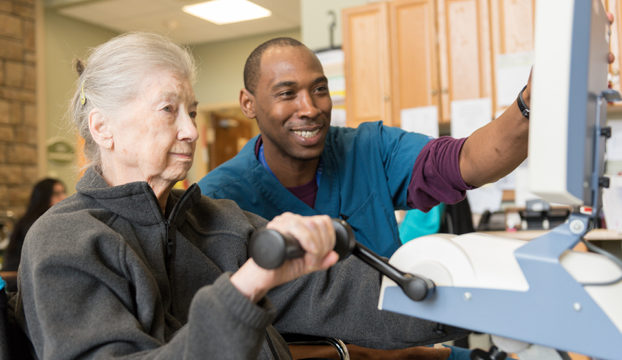Exploring the Synergistic Function of Physical Therapy in Enhancing Pain Control Strategies
Wiki Article

Physiological rehabilitation plays a crucial function in treating pain for numerous patients. Discomfort can arise from various issues, including traumas, operations, or chronic conditions. While drugs are often used to relieve pain, they may not consistently be the most effective solution due to possible side reactions or dependency concerns. This is where physiological rehabilitation comes in as a supportive approach. By concentrating on movement, power, and flexibility, physical rehabilitation specialists help patients recover function and diminish discomfort through targeted workouts and techniques.
One of the main methods physiological therapists use is exercise therapy. This includes specific exercises designed to strengthen muscles, enhance flexibility, and boost overall physical performance. For example, a client recovering from leg operation may engage in workouts that gradually boost their range of movement and strength. These workouts not only help in reducing discomfort but also prevent subsequent traumas by promoting better mobility patterns. Additionally, physiological therapists frequently tailor workout programs to satisfy the individual requirements of each patient, guaranteeing that they receive the best effective treatment available.
Another important component of physical therapy is hands-on treatment. This physical method includes techniques such as massage, joint mobilization, and manipulation. Manual therapy can help relieve muscular tightness, enhance blood flow, and diminish discomfort. For instance, a therapist may use massage techniques to alleviate tension in the spine, which can lead to significant pain reduction. By tackling the underlying problems leading to pain, manual treatment can improve the overall efficacy of discomfort control approaches.
Instruction is also a vital component of physical therapy. Physical therapists take the time to educate clients about their issues and the significance of maintaining an active lifestyle. Understanding the causes of discomfort and the advantages of physical activity can empower patients to take control of their health. Specialists frequently provide advice on correct body mechanics and alignment, which can help avert discomfort from reoccurring. This click for more info informative aspect fosters a collaborative partnership between the specialist and the patient, leading to improved results in pain control.
In summary, physical therapy acts as a important resource in enhancing pain control approaches. By integrating workout treatment, manual techniques, and client education, physical therapists tackle discomfort from various angles. This holistic method not only helps reduce current pain but also prepares patients with the knowledge and tools to control their health in the long run. As an increasing number of people seek alternatives to drugs for discomfort relief, the role of physiological rehabilitation will continue to grow in significance, providing hope and enhanced standard of living for many.